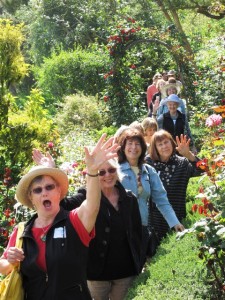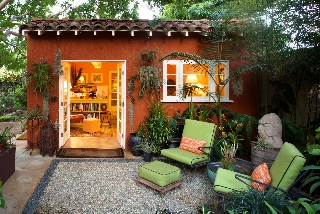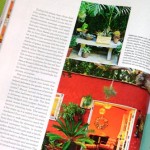 As you’re tidying up the spring garden with pruning, trimming and other projects, inevitably you will end up with a pile of twigs. Yes, they can go into the chipper or the compost bin, but these pliable, young branches can also be pressed into service in the garden.
As you’re tidying up the spring garden with pruning, trimming and other projects, inevitably you will end up with a pile of twigs. Yes, they can go into the chipper or the compost bin, but these pliable, young branches can also be pressed into service in the garden.
I wrote about “saving twigs” for my Debra’s Garden column in the upcoming May issue of Better Homes & Gardens (you can already find it on newsstands). All you need is a clean, sharp pair of secateurs (pruners) or loppers and a pair of gloves to protect your hands while working.
Spring pruning projects usually produce armloads of branches and twigs. Give those cuttings a new purpose and build simple, natural-looking plant supports. Use twigs to stake young seedlings — just poke sticks into the soil a few inches to anchor them. Lash three or more branches together at the top to form a tee-pee trellis for sweet peas or edible peas. I also curve thin branches into a half-circle shape — stick both ends into the soil and overlap several of them to create scalloped edging for veggie and herb beds.
Here are some photos to inspire your next pruning project:
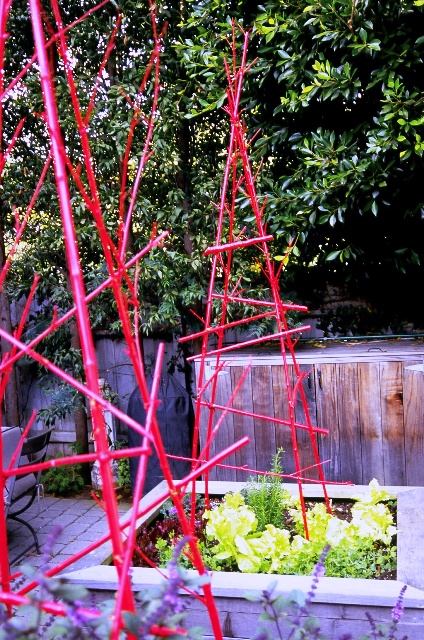
Designed by landscape architect Joseph Marek, these zesty veggie garden teepees are made by painting twigs Chinese red and lashing them together.
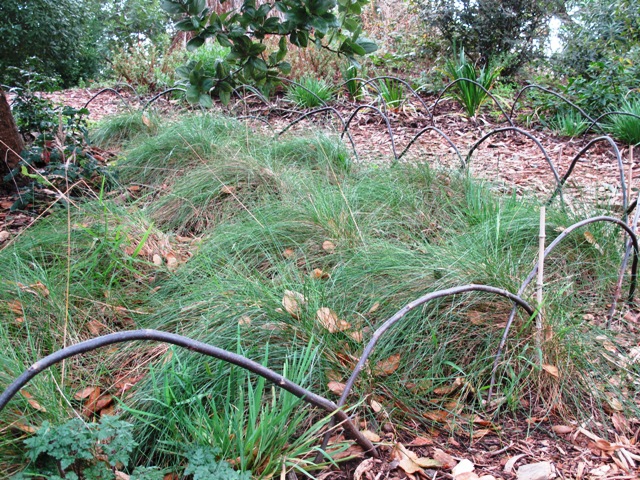
Twigs are bent into a half-circle, with each tip inserted into the ground; when these "scallops" overlap each other, they create a tidy edging along a path or planting bed.
P.S., someone asked about my reference to “lashing together” on my Facebook page. I do not know exactly how the teepee was lashed together, but having made similar structures in the past, I can say that I’ve used anything handy – twine, garden twistie ties, wire and even rubber bands. Use your ingenuity!










